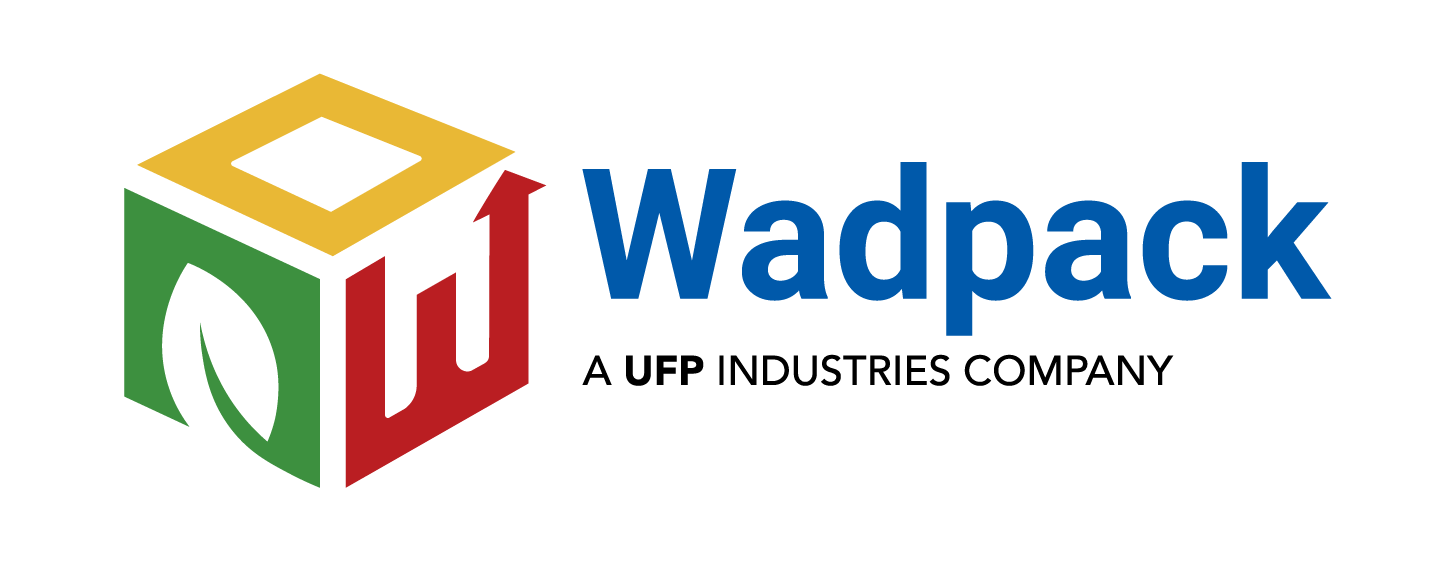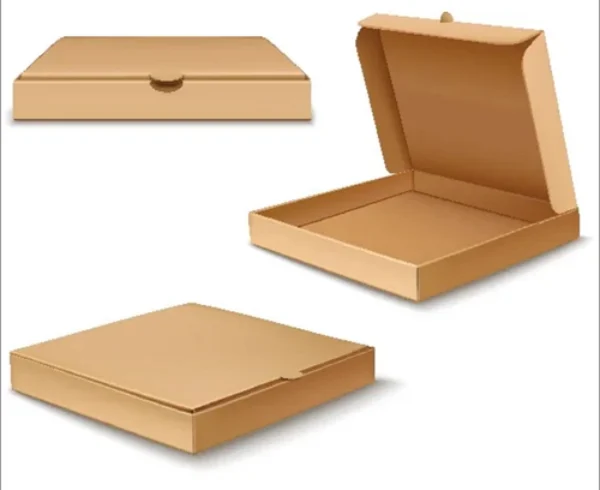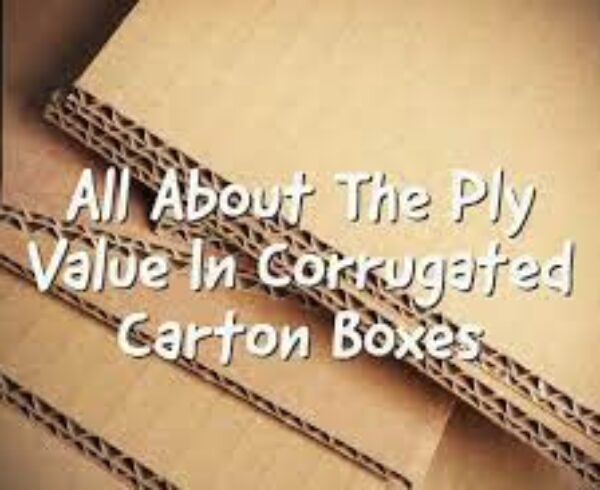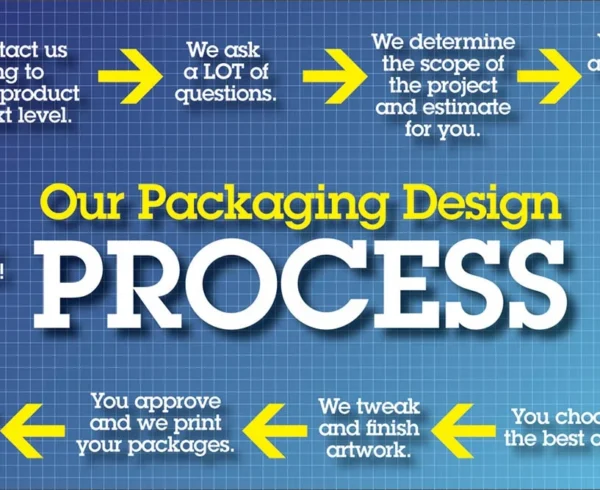What are the benefits of using 3-ply boxes compared to other packaging solutions?
There are several benefits of using 3-ply boxes as a packaging solution, which make them a popular choice for many businesses. Below are some of the main advantages of using 3-ply boxes compared to other packaging solutions:
- Strength and Durability: 3-ply boxes are made up of three layers of paper, which provides them with increased strength and durability compared to other packaging solutions. The corrugated medium sandwiched between the outer and inner liner provides added strength and cushioning, making them ideal for protecting fragile or heavy items during transportation.
- Lightweight: Despite their strength and durability, 3-ply boxes are lightweight, which makes them easy to handle and transport. This reduces the overall weight of the shipment, which can result in cost savings for businesses that ship large quantities of products.
- Customizable: 3-ply boxes can be customized to meet the specific needs of a business or product. They can be made in various sizes and shapes, and printed with branding or product information to help promote the product and company.
- Eco-Friendly: 3-ply boxes are made from recyclable materials, which makes them an eco-friendly packaging solution. They can be reused or recycled, reducing waste and helping to protect the environment.
- Cost-Effective: 3-ply boxes are a cost-effective packaging solution, especially for businesses that ship large quantities of products. They are relatively inexpensive to produce, and their strength and durability help to reduce the risk of damage during shipping, which can result in cost savings for businesses.
- Easy to Assemble: 3-ply boxes are easy to assemble, which saves time and labor costs for businesses. They can be easily folded and taped, and require minimal effort to prepare for shipping.
- Versatile: 3-ply boxes can be used for a wide variety of products and industries, making them a versatile packaging solution. They can be used to package everything from food and beverage products to electronics and clothing, making them a popular choice for many businesses.
How do you ensure the 5-ply and 7-ply boxes are capable of withstanding heavy loads and rough handling during shipping and storage?
- Material Selection: The materials used to construct the box play a significant role in determining its strength and durability. For heavy loads, it is important to use a high-quality corrugated board that can provide sufficient strength and stiffness to withstand the forces applied during shipping and storage.
- Structural Design: The structural design of the box can also impact its strength and durability. The box should be designed to distribute the weight of the load evenly across the bottom of the box, and the walls and flaps should be designed to withstand compression and impact forces.
- Box Dimensions: The dimensions of the box can also impact its strength and durability. The box should be sized to fit the product snugly, with minimal empty space, to prevent movement and reduce the risk of damage during shipping.
- Edge Crush Test (ECT): The ECT is a common test used to evaluate the strength of corrugated board. The test involves applying pressure to the edges of a sample of corrugated board and measuring the amount of force required to crush the board. A higher ECT rating indicates a stronger, more durable board that is better suited to heavy loads and rough handling.
- Burst Strength Test: The Burst Strength Test measures the maximum amount of pressure that a box can withstand before it bursts. This test is particularly important for boxes that will be subjected to high compression forces during shipping or storage.
- Vibration Testing: Vibration testing simulates the vibration and impact forces that a box may be subjected to during shipping. This test can help identify weaknesses in the box design and provide insights into how the box can be improved to better withstand rough handling.
- Drop Testing: Drop testing simulates the impact forces that a box may be subjected to if dropped during shipping. This test can help identify weaknesses in the box design and provide insights into how the box can be improved to better protect the product inside.





Leave a Comment